15. Ginsu Knife

By the late 1970s, the Ginsu knife became a late‑night TV sensation thanks to its unforgettable demos, cutting cans, wood, shoes, then effortless tomatoes. Between 1978 and 1984, infomercials sold 2–3 million sets, generating up to $50 million in revenue and forever influencing advertising language like “But wait, there’s more!” This wasn’t just a sharp blade, it was marketing magic. Ed Valenti and Barry Becher used hyper‑dramatic demos and fast‑talking pitches that hooked viewers and led to widespread spoofing on SNL, Carson, and more. The success of Ginsu helped legitimize direct‑response TV as a massive sales channel.
14. Shake Weight

That spring‑loaded dumbbell, infinitely motioned in ads, became a viral fitness punchline yet sold surprisingly well: over 2 million units in its first year, and surpassed 4.5 million later, with roughly $40 million in revenue early on. Despite ridicule, the Shake Weight earned attention by promising quick toning results sprinkled with tongue‑in‑cheek sexual imagery. Fitness pros noted it targets triceps intensely, but only offers novelty gains for beginners. Still, it’s a case study in how quirky marketing drives high volume, low‑margin success.
13. Chia Pet
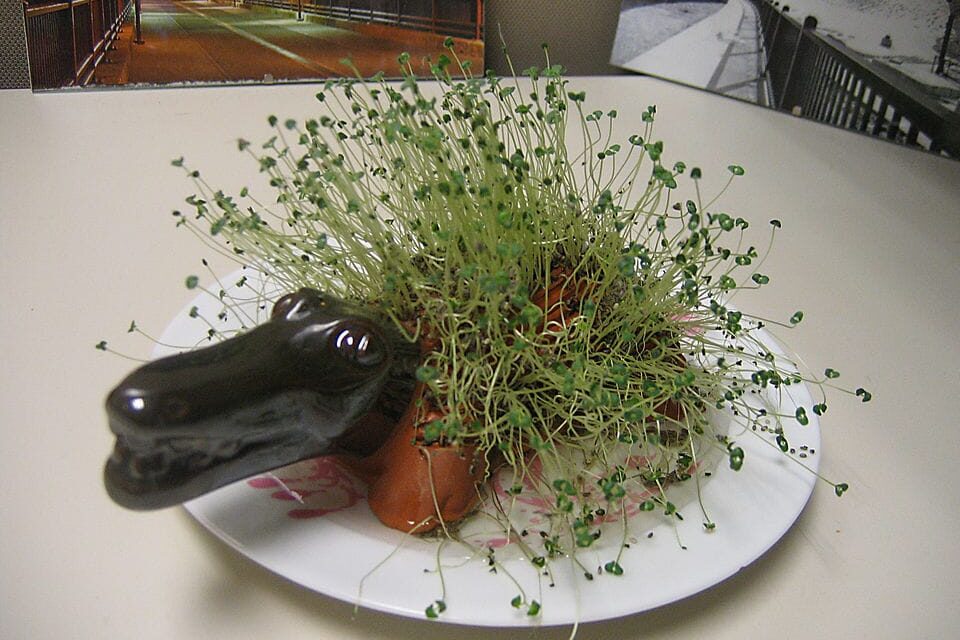
Remember “Ch‑ch‑ch‑Chia!”? Since the early 1980s, more than 15 million Chia Pets have been sold, with some estimates closer to 25 million overall, making these clay creatures sporting seed‑hair a quirky holiday tradition. Chia Pets endure thanks to constant reinvention, classic rams, licensed characters like SpongeBob and Barack Obama, and playful gifts everyone recognizes. Their appeal is nostalgic, whimsical, and evergreen, rooted in simple fun rather than serious utility.
12. Snuggie
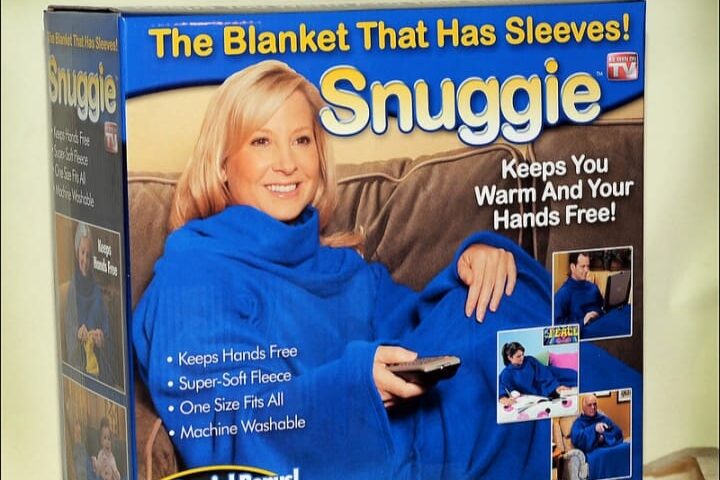
This backwards blanket with sleeves took off around 2008–09, selling over 30 million units and generating more than $500 million in revenue within a few years. Snuggie’s success came from its absurdity: marketed on humor and surprise, then parodied relentlessly on SNL and by comedians. Yet its cozy comfort and sheer silliness turned it into a must‑have pop culture icon that people genuinely kept using.
11. George Foreman Grill
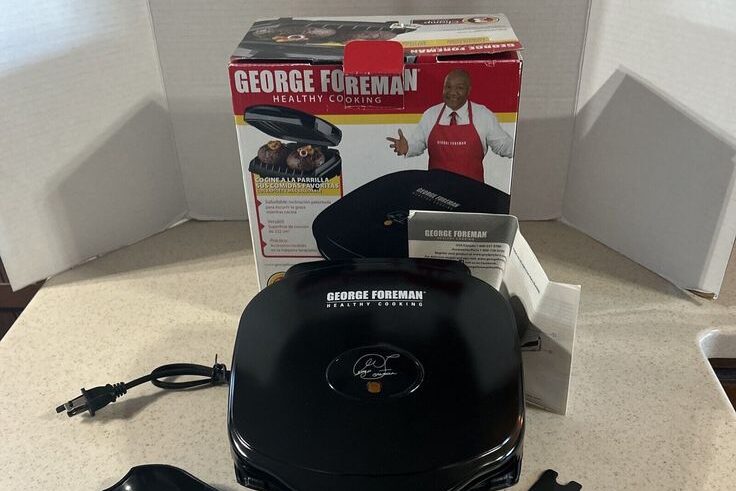
Launched in 1994 and endorsed by boxing legend George Foreman, this sloped grill sold over 100 million units worldwide in about 15 years, with annual revenues topping $200 million at peak. The grill changed home cooking: its angled surface drained away fat, setting it apart. Foreman’s friendly, trustworthy infomercial persona helped make fast burgers and easy meals iconic. It’s one of the rare “As Seen on TV” hits that consistently delivers on its promise.
10. Hair‑in‑a‑Can (GLH‑9)

Aerosolized “hair in a can” was one of Ronco’s boldest late‑80s comebacks: GLH‑9 (Great Looking Hair, Formula 9) launched alongside Popeil’s return to TV ads and sold roughly 1 million cans at ~$39.92 apiece, about $20 million in first‑year revenue. The spray created “hair‑like” filaments that stuck to thinning spots, offering an instant confidence boost even if the results sometimes looked a bit Sharpie‑like. Popeil famously demonstrated its effects live by turning his bald scalp to the mirror; infomercials ran late at night as a quirky yet earnest beauty fix and even earned pop‑culture nods like a cameo in an episode of The X‑Files.
9. The Clapper
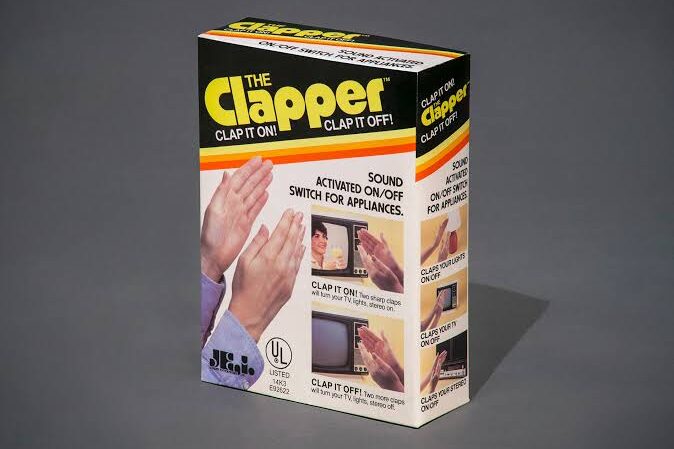
Introduced in 1984–85, The Clapper let you control two outlets by clapping: two claps for lamps, three for TVs . “Clap on, Clap off!” rang through households as one of the most memorable jingles ever. It eventually sold many millions of units across the U.S., becoming a late‑night staple for seniors and couch potatoes alike. Though later mocked as crude technology, it helped launch the era of home automation and still sells tens of thousands annually during holiday seasons.
8. Flowbee Vacuum Hair Cutter
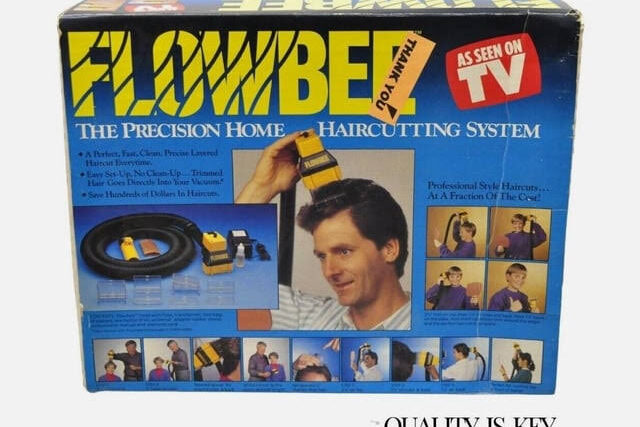
The Flowbee is a curious contraption: an electric clipper that attaches to your vacuum to suck away hair while you cut it. Developed in the late 1980s, it sold over 2 million units, especially during times when at-home haircuts were appealing.
Its appeal came down to convenience and novelty. People could give themselves simple trims without the mess or salon cost. While not always salon-quality, it became a go-to for quick trims and at-home creativity. During pandemic lockdowns especially, folks dusted off this retro gadget, proof that even niche, quirky products can endure.
7. ThighMaster Leg Toner

The ThighMaster, an odd, spring‑loaded contraption Suzanne Somers squeezed between her thighs, was promoted as a targeted fitness tool, it sold over 10 million units through the 1990s. Combining an approachable exercise idea with Somers’s wholesome charm made it both parodied and beloved, reportedly generating $100 million+ in revenue and a $200–300 million fortune for Somers. Its simple design meant users could try it at home during TV time. Despite criticisms about effectiveness, it became a cultural symbol of 90s fitness crazes and direct‑response charm.
6. Ove Glove Heat-Resistant Mitt
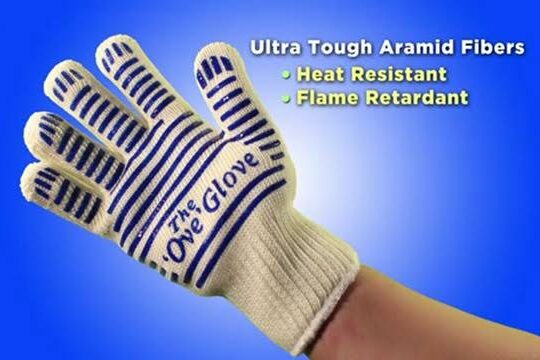
The Ove Glove was a genuinely useful kitchen tool: a heat‑resistant glove that allowed safe handling of hot pans. It’s estimated to have sold over 20 million units as a staple among “As Seen on TV” products. Instead of gimmicks, this glove solved a real problem. Testimonials praised its durability and grip. It proved that handy, well-designed products could thrive in the infomercial space. Its success highlighted that novelty isn’t mandatory, sometimes utility sells just as well, with warm word-of-mouth.
5. Total Gym Home Gym
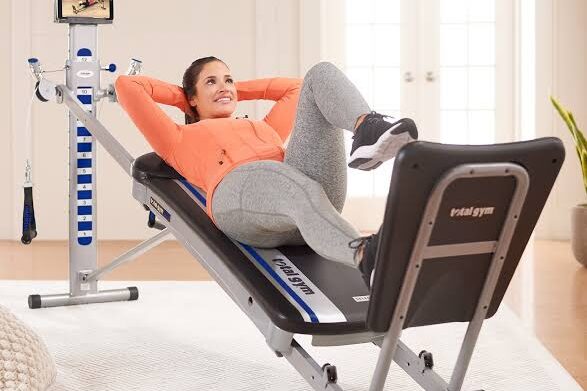
Endorsed by Chuck Norris and Christie Brinkley, the Total Gym offered a foldable full-body workouts using bodyweight resistance. Launched in the mid-1990s, it has sold over 4 million units in the U.S. so far. It stood out by combining real results with charismatic celebrity appeals. The infomercials showed people of all ages performing exercises easily at home. It became a staple in fitness marketing and still has a devoted following today. The Total Gym proved longevity in the crowded late-night pitch world.
4. Pocket Fisherman Compact Rod

The Ronco Pocket Fisherman was a compact fishing rod that folded up to fit in your glovebox or backpack. It became a Ron Popeil classic, selling millions of units and earning retro‑cult status in his catalog. Pitching it as “take it anywhere,” the infomercials showed people stepping off boats, or sidewalks, and casting in seconds. Its portability and playful promise of instant fun made it popular among outdoor lovers and casual purchasers. It helped cement Ronco’s reputation as the inventors of clever, portable household gadgets.
3. The Showtime Rotisserie
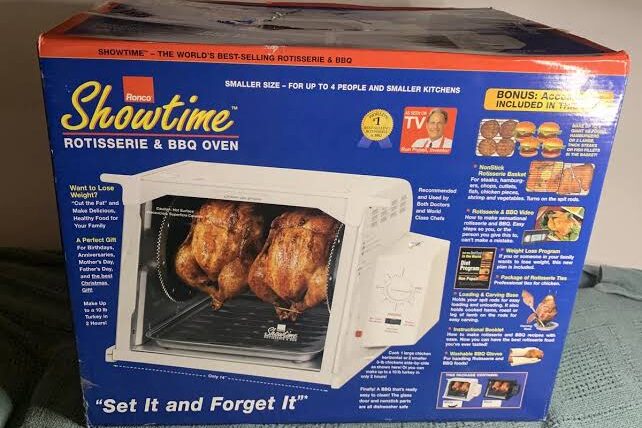
Ronco’s famous countertop rotisserie, “set it and forget it!”, sold over 2.5 million units by the early 2000s and brought in more than $1 billion in lifetime sales for Ronco. Ron Popeil personally pitched it in lengthy infomercials from 1998 on, showcasing how families could roast chickens and ribs effortlessly. It became both a practical appliance and an icon of direct-response marketing, helping establish Ronco as a household-name brand.
2. The Chopper Duo (Veg‑O‑Matic & Chop‑O‑Matic)
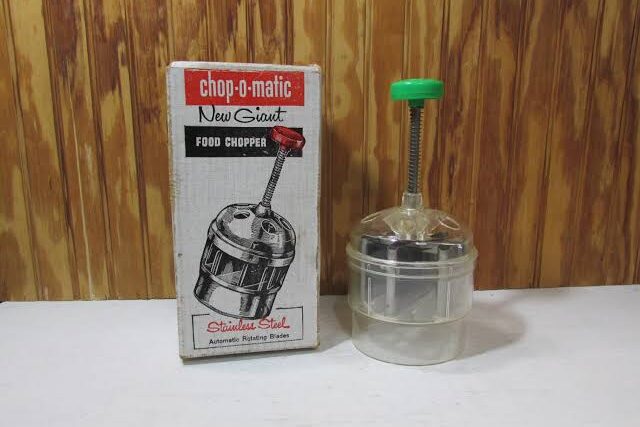
Ronco’s signature slicing devices, Veg‑O‑Matic and Chop‑O‑Matic, were early TV sensations in the 1960s and 1970s. They helped make Ronco’s mote famous with catchy sales pitches and kitchen demos, selling in the tens of millions worldwide, and inspiring many imitations. These tools turned fresh veggies into uniform slices in seconds, offering real convenience. Their big-screen demonstrations, with Popeil acting as the genial inventor, made them must-see TV gadgets and infused the very language of modern infomercials.
1. Ronco Brand (Ronco & Ron Popeil)
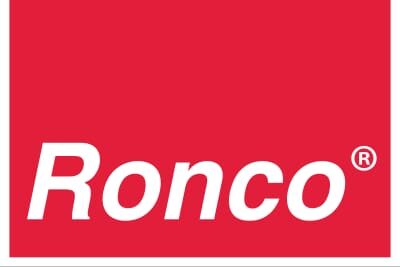
This is the brand that started it all, Ron Popeil’s company and personal pitchmanship created dozens of hit products, cumulatively generating more than $2 billion in sales over half a century. Starting in the 1960s with items like Veg‑O‑Matic and Pocket Fisherman, Ronco grew to include Hair in a Can, Showtime Rotisserie, and more, all marketed with Popeil’s affable energy and legendary catchphrases (“But wait, there’s more!”, “Set it and forget it!”). Even after selling the company in 2005, Ronco’s influence endured as emblematic of infomercial-era success.
This story 15 “As Seen on TV” Products, Ranked by How Many of Us Bought Them (You Won’t Believe #1) was first published on Daily FETCH


